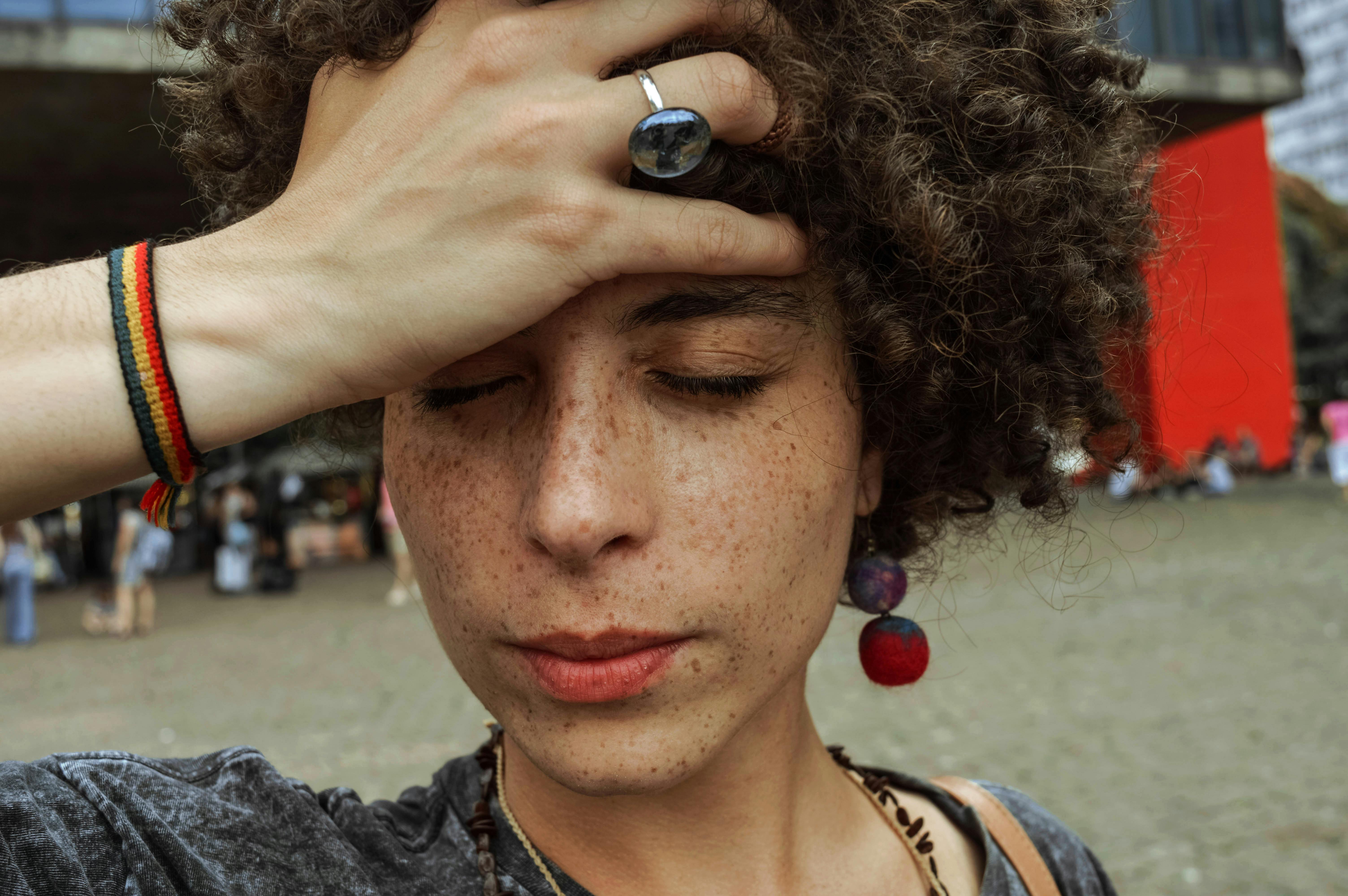Understanding the Differences Between Agoraphobia and Social Anxiety, Plus Treatment Options - 4 minutes read
While many people enjoy being outside and socializing, this isn’t the case for everyone. For some, the thought of being in a crowded place is overwhelming, not due to personal preference, but because of mental conditions like agoraphobia or social anxiety disorder. These two conditions are often confused, but they impact individuals differently. Both involve intense anxiety and avoidance behaviors, yet they differ in their triggers, symptoms, and effects on daily life. Knowing these differences is key for accurate diagnosis and effective treatment.
Agoraphobia is an anxiety disorder marked by the fear and avoidance of places where escape might be hard or help unavailable if a panic attack occurs. Social anxiety, on the other hand, is the intense fear of social situations where one might be judged or embarrassed. Though both can be described as a fear of crowds, understanding the specific triggers helps clarify their differences, which is crucial for treatment and empathy towards those affected.
Agoraphobia vs. Social Anxiety
For agoraphobia, triggers include being outside alone, in a crowd, using public transportation, or in open or enclosed spaces. This fear leads to avoiding situations where individuals feel they might be trapped or embarrassed. Common symptoms are panic attacks, rapid heartbeat, sweating, dizziness, and gastrointestinal distress.
Social anxiety disorder is triggered by interactions such as public speaking, meeting new people, or being the center of attention. This results in avoiding social situations or enduring them with intense fear. Physical symptoms include blushing, trembling, sweating, nausea, and difficulty speaking. Essentially, agoraphobia is about the fear of panic attacks or being unable to escape, while social anxiety centers on the fear of negative evaluation. Both lead to avoidance, but in different contexts.
The Role of Trauma
Understanding the link between trauma and anxiety disorders like social anxiety and agoraphobia is vital for effective healing. Trauma often underlies both conditions. Traumatic experiences involving social humiliation or severe criticism can lead to social anxiety, while those involving helplessness or entrapment can cause agoraphobia. Trauma can exacerbate both conditions, creating a complex interplay of symptoms. For example, a person might develop social anxiety from traumatic social experiences and later develop agoraphobia due to severe panic attacks in public places.
Treatment Options

Effective treatment for both agoraphobia and social anxiety often combines professional care with self-help strategies. Cognitive Behavioral Therapy (CBT) is highly effective for both conditions. CBT helps individuals with agoraphobia gradually face feared situations and those with social anxiety build confidence through exposure to social interactions. Medications, such as SSRIs, SNRIs, benzodiazepines, and beta-blockers, can also manage symptoms.
Mindfulness and acceptance-based therapies, like mindfulness meditation, help individuals stay present and reduce anxiety. Eye Movement Desensitization and Reprocessing (EMDR) is useful for trauma-related anxiety. Group therapy offers a supportive environment to practice social skills. Lifestyle changes, including regular exercise, a healthy diet, and sufficient sleep, can improve well-being and reduce anxiety.

Stress management techniques like yoga, meditation, and tai chi, support networks, gradual exposure to feared situations, deep breathing exercises, positive self-talk, journaling, and professional help from psychologists, psychiatrists, and counselors are also beneficial. Online resources and apps offering CBT exercises and mindfulness practices can provide additional support.
A well-rounded treatment plan, tailored to the individual’s specific needs, is crucial for managing these conditions effectively. Regular follow-ups with healthcare providers ensure the treatment remains effective, with adjustments made as necessary.
Medical Disclaimer
All content on this website, including text, images, audio, and video, is created for informational purposes only. It is not intended as a substitute for professional medical advice, diagnosis, or treatment. In a medical emergency, please call your doctor, go to the nearest hospital, or dial 911 immediately.
Featured image: Nataliia Nesterenko/iStock
